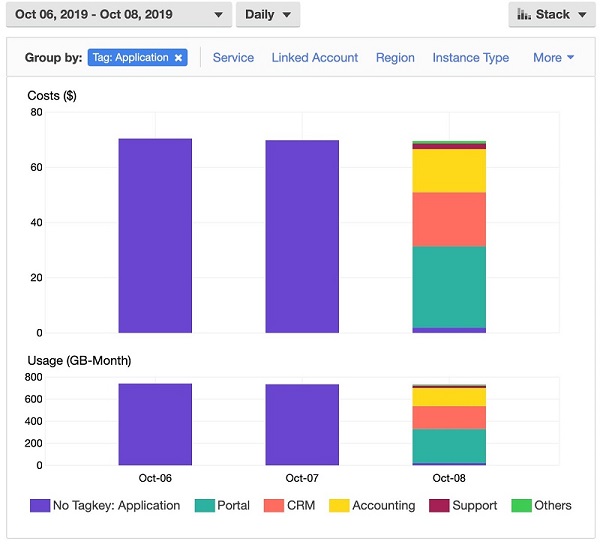AWS Database Blog
Tag: Amazon RDS
Your guide to Amazon RDS sessions, workshops, and chalk talks at AWS re:Invent 2019
AWS re:Invent is less than three weeks away. This post includes a complete list of Amazon RDS sessions, workshops, and chalk talks at AWS re:Invent 2019. Use the information on this page to help schedule your conference week in Las Vegas this year. Level 200 – Introductory DAT202-R – What’s new in Amazon Aurora Amazon […]
Amazon RDS now supports detailed backup storage billing
Recently, AWS announced the general availability of the Amazon RDS detailed backup storage billing feature. This feature applies to PostgreSQL, MySQL, MariaDB, Oracle, and SQL Server database engines. Before the release of this feature, Amazon RDS backup charges were presented as a single-line item per Region on the monthly bill. However, it was hard to […]
Best practices for Amazon RDS PostgreSQL replication
September 2023: This post was reviewed and updated for accuracy. Amazon RDS for PostgreSQL enables you to easily configure replicas of your source PostgreSQL instance to clear your read load and to create disaster recovery (DR) resources. You can configure Read Replicas within the same Region as the source or in a different Region. When […]
Automated query caching into Amazon ElastiCache for Amazon RDS, Amazon Aurora and Amazon Redshift
This is a guest blog post by Erik Brandsberg, CTO at Heimdall Data, in partnership with AWS Technical Evangelist Darin Briskman. Heimdall Data is an AWS Advanced Technology partner who in their own words “offers a database proxy on the AWS Marketplace that supports SQL query caching into Amazon ElastiCache for Redis without code changes. […]
Best storage practices for running production workloads on hosted databases with Amazon RDS or Amazon EC2
October 2023: This post was reviewed and updated for accuracy. AWS offers multiple options to host your databases serving OLTP workloads – host your own managed database on Amazon EC2 instances or use Amazon RDS managed by AWS. RDS manages high availability, automated backups, database upgrades, OS patches, security, and read replica. RDS also offers […]
Select the right encryption options for Amazon RDS and Amazon Aurora database engines
Customers are increasingly choosing to encrypt their AWS Cloud databases and data stores by default. This trend is only gaining speed with the evolving meaning of sensitive data (personally identifiable information [PII], etc.) within various regulatory frameworks. Customers also ask AWS for guidance on how to best adopt the latest database encryption options, while maintaining […]
Implementing a disaster recovery strategy with Amazon RDS
This post was updated 2/1/2021 to fix a statement about how to share automated snapshots between AWS Accounts. Amazon RDS (Relational Database Service) is a managed service that makes it easier to set up, operate, and scale a relational database. Based on AWS high performance compute and storage, Amazon RDS supports the MySQL, SQL […]
Applying best practices for securing sensitive data in Amazon RDS
In the first post of the series, I described some generic security concepts and corresponding AWS security controls that can be applied to data stores on AWS. Using these, you can create a stronger security posture around your data. In this second post, I demonstrate how these concepts can be implemented to Amazon RDS databases. […]
How to determine whether Kaigen (Japan era name transition) affects your MySQL compatible engines running on RDS
If you have software or systems that support Japanese customers, and if your software or systems need to display a Japan era name, you may need to make changes to display the new name. The new Japan era name comes into effect on May 1, 2019, when the current Japanese Emperor abdicates. In this blog […]
Sharding with Amazon Relational Database Service
Sharding, also known as horizontal partitioning, is a popular scale-out approach for relational databases. Amazon Relational Database Service (Amazon RDS) is a managed relational database service that provides great features to make sharding easy to use in the cloud. In this post, I describe how to use Amazon RDS to implement a sharded database […]









